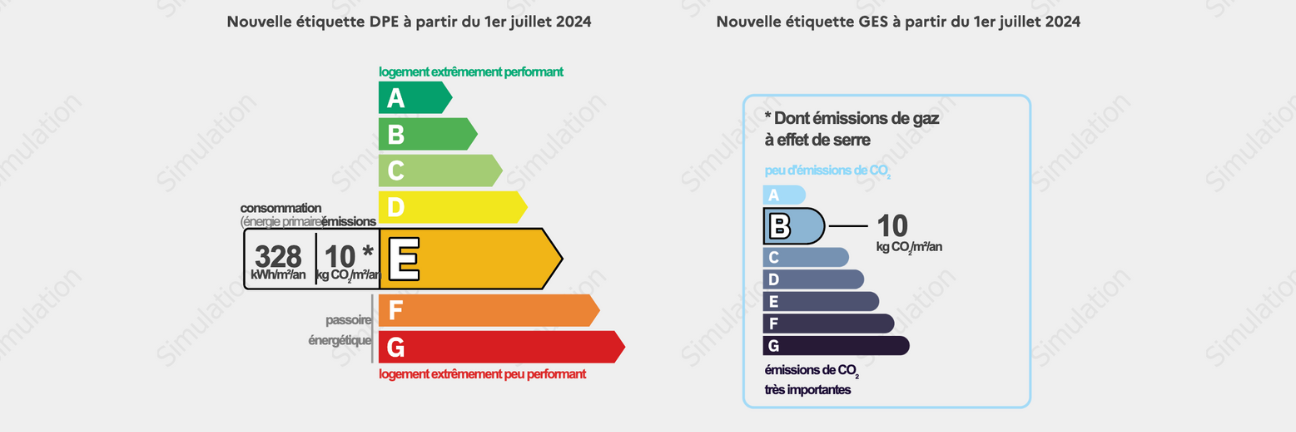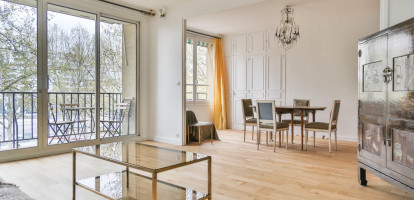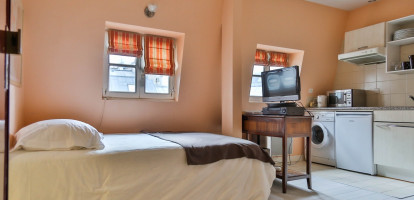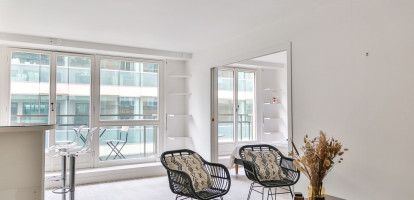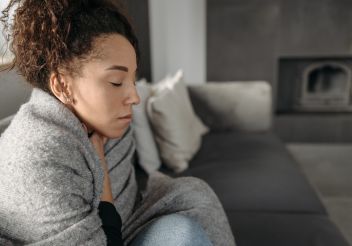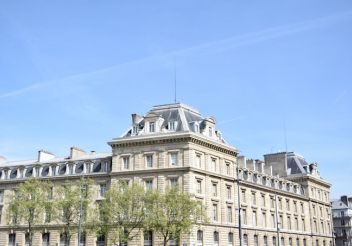The Energy Performance Diagnostic (DPE) has long been essential for assessing a property's energy efficiency. It has been compulsory in France since 2006 for properties for sale and since 2007 for apartments for rent. However, a recent study has revealed disparities regarding the energy efficiency of small surface apartments.
Faced with a significant shortage of available housing in the market and with a large number of small apartments trapped in rental prohibitions due to their "G +" DPE classification (over 450 kWh/m2/year), the French government has recently announced a new DPE calculation method for small properties ( under 40 m2 ), which will apply on July 1, 2024.
Learn more about the upcoming changes and the implications of the new 2024 DPE approach for tiny homes in France.
The challenge of small spaces regarding the current DPE measurement
Statistics show that, in general, smaller properties have lower DPE ratings than the average. The main reason for this difference is smaller homes' higher domestic hot water and heating consumption per square meter. The current DPE measurements assess energy consumption efficiency on a per-square-meter basis, and it is not surprising that smaller properties have higher hot water consumption per square meter than larger property sizes. After all, hot water consumption remains similar regardless of the size of the residence, especially when only one occupant is using it. Imagine, if you are the only occupant using hot water at home, the DPE class can be much more important in a 30 m2 home than in a 90 m2 house.
This disparity can put smaller apartments at a disadvantage in the DPE assessment process, affecting their rating and reducing their appeal on the market.
The consequences of the current DPE method
The consequences of the current DPE method are manifold and can have an impact on both landlords and tenants:
Unfair DPE assessment of small units:
The current DPE method unfairly assesses small units, particularly those under 40 m². Due to the more significant impact of fixed energy expenses on small dwellings, these units can receive lower energy efficiency ratings, such as G and F, compared to bigger-sized properties, even if their actual energy consumption levels remain similar.
Discouraging owners of small apartments from investing in energy efficiency improvements:
As the current DPE method unfairly penalizes small spaces, owners may need more motivation to invest in energy renovation, such as insulation or efficient heating systems. More incentives are required to improve energy efficiency in the housing sector.
Disadvantage for the market due to unfavorable DPE ratings:
The lower energy efficiency ratings assigned under the current DPE method harmed their marketability. Potential tenants or buyers may perceive these properties as less attractive or environmentally friendly, reducing demand and lowering rental or sale prices. This commercial disadvantage can pose problems for landlords renting or selling small properties, especially when the rating G or F forbade renting the property.
A needed reform for the DPE measurement
Recognizing these discrepancies in the current DPE measurements, the French Ministry of Ecological Transition and Territorial Cohesion announced a new DPE reform on February 12, 2024. This reform aims to equalize the playing field for small apartments by introducing a new DPE calculation method that considers the property's unique characteristics.
What are the changes coming with the new DPE regulations in 2024?
The new DPE regulations, scheduled to take effect in 2024, introduce several significant changes aimed at addressing shortcomings in the current DPE system and improving the accuracy of energy performance assessments for smaller properties. Here are some of the key differences:
Modulation DPE Coefficient for Small Properties:
From July 1, 2024, properties of less than 40m² will be subject to a new modulation coefficient when calculating the DPE rating. This coefficient aims to adjust the energy efficiency index for small properties by considering the disproportionate impact of fixed energy expenditure on their size. The new DPE modulation coefficient seeks to provide a more accurate reflection of energy performance for small dwellings.
Exemption from Rental Bans of G and F Classed Properties:
Based on their DPE rating, small properties under 40m² will no longer be subject to rental bans. Previously, properties with a G or F DPE rating were subject to rental prohibitions following specific deadlines (e.g., January 1, 2025, for G-rated properties). With the new DPE regulations in 2024, smaller apartments will be exempt from these rental bans, relieving landlords of small apartments and ensuring they continue providing flats to the rental market in France.
Automatic Update of DPE Ratings for Properties under 40m² :
Properties under 40 m² previously rated as energy inefficient (F or G) will automatically receive an updated DPE rating based on the new changes in the modulation coefficient. This automatic DPE rating update for small-size apartments intends to eliminate the bias of low energy efficiency ratings for small properties and to provide homeowners with a more accurate and fair assessment of their property's energy performance.
New DPE Simulation Tool for Property Owners to Obtain a New DPE Lable:
Property owners will have access to a new simulation tool of "Trouver un DPE ou un AUDIT" on the Ademe (French Agency for Ecological Transition) website, enabling owners to make a new energy rating estimate of their properties under 40m² by simply entering the 13-character DPE number.
Step-by-step guide on how to obtain a new updated DPE class
1. Access the Ademe (French Agency for Ecological Transition) website.

2. Utilize the new simulation tool titled "Trouver un DPE ou un AUDIT" on the upper left side of the website.

3. Enter your property's 13-digit DPE number in the simulation tool. Usually, you'll find your DPE number (N°ADEME) on the top of the first page of the previous DPE report.
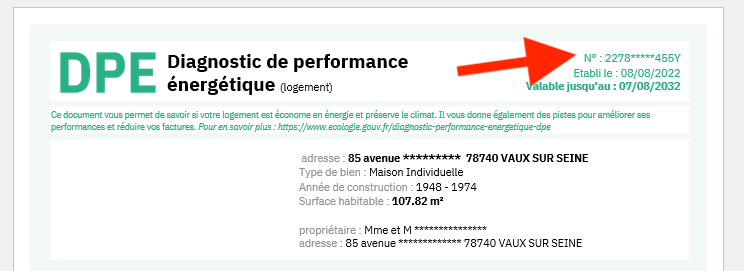
4. The website will generate your current DPE report and estimate your updated DPE certificate based on the new calculation. The landlord can download a new DPE label certificate from Ademe's DPE-Audit Observatory.
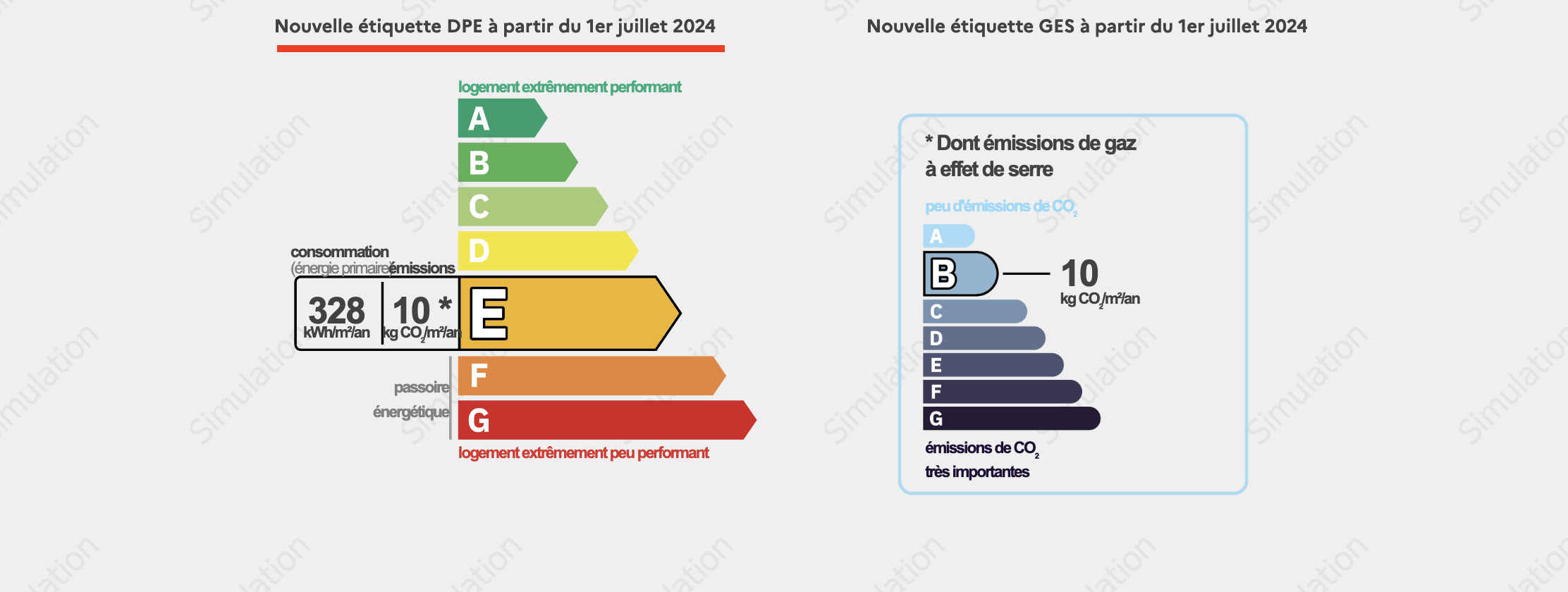
5. Remember that this service is specifically available for small properties with an area of less than 40m².
Impact of Energy Efficiency Reforms on Housing Ratings
Between now and July 1, 2024, the government has time to reshuffle its reorganizations, and that's a good thing, because already the downsides are looming:
81% of Small Units Remain in DPE Class G:
According to PriceHubble, most small homes (81%) will have no change to their DPE class (Diagnostic de Performance Energétique - Energy Performance Diagnosis).
Much ado about nothing!
A Minor Shift: 2% of G-Rated Units Upgrade to Class E
Only 2% of small dwellings with a surface area of less than 40 m2 currently classified as G will be upgraded to class E, thus escaping the classification of a thermal sieve.
Delayed Action: 17% of G-Rated Units Move to Class F, Postponing Renovation Deadlines
Approximately 17% of G-rated housing, roughly 180,000 properties in France, will benefit from a one-off upgrade to class F. However, this upgrade will only delay the owner's renovation obligations by three years before being banned from renting by 2028.
Winners of the Reform: Owners of Class F Units Benefit Most
The primary beneficiaries of the new DPE adjustments in 2024 will be owners of studios and one-bedroom apartments classified in category F. About 33% of these properties will move to E or, even better, D or C class.
Implications for new DPE regulations for property owners in 2024
For landlords, especially those with small furnished apartments for rent in Paris, these changes will increase the value and attractiveness of their apartment rentals, freeing properties considered "energy inefficient" from the rental ban and restoring the rental market deprived of apartments for rent.
Impact on tenants with the new DPE regulations for tenants in 2024
Tenants will benefit from transparency and reliability when evaluating a potential residence. Most importantly, renters will benefit from a more extensive market selection of available apartment rentals.
Advancing Energy Efficiency: Exploring Technological Innovations and Expanded Criteria in the Housing Sector
Discussions are underway to integrate advanced technologies, such as smart sensors, to monitor real-time energy consumption to capture more accurate energy performance. In addition, proposals to broaden DPE criteria are being put in place further to promote environmentally friendly solutions in the housing sector.
In conclusion, the update of the DPE in 2024 for small apartments marks a significant step forward in promoting energy efficiency and sustainability in the French Real Estate market. These DPE reforms ensure fair and accurate energy performance assessments, which align with France's environmental goals, and ease the burden on French property owners, giving owners confidence in renting out their properties and encouraging investors in France to invest more in real estate projects.
Editor: Siyi CHEN



 Français
Français
